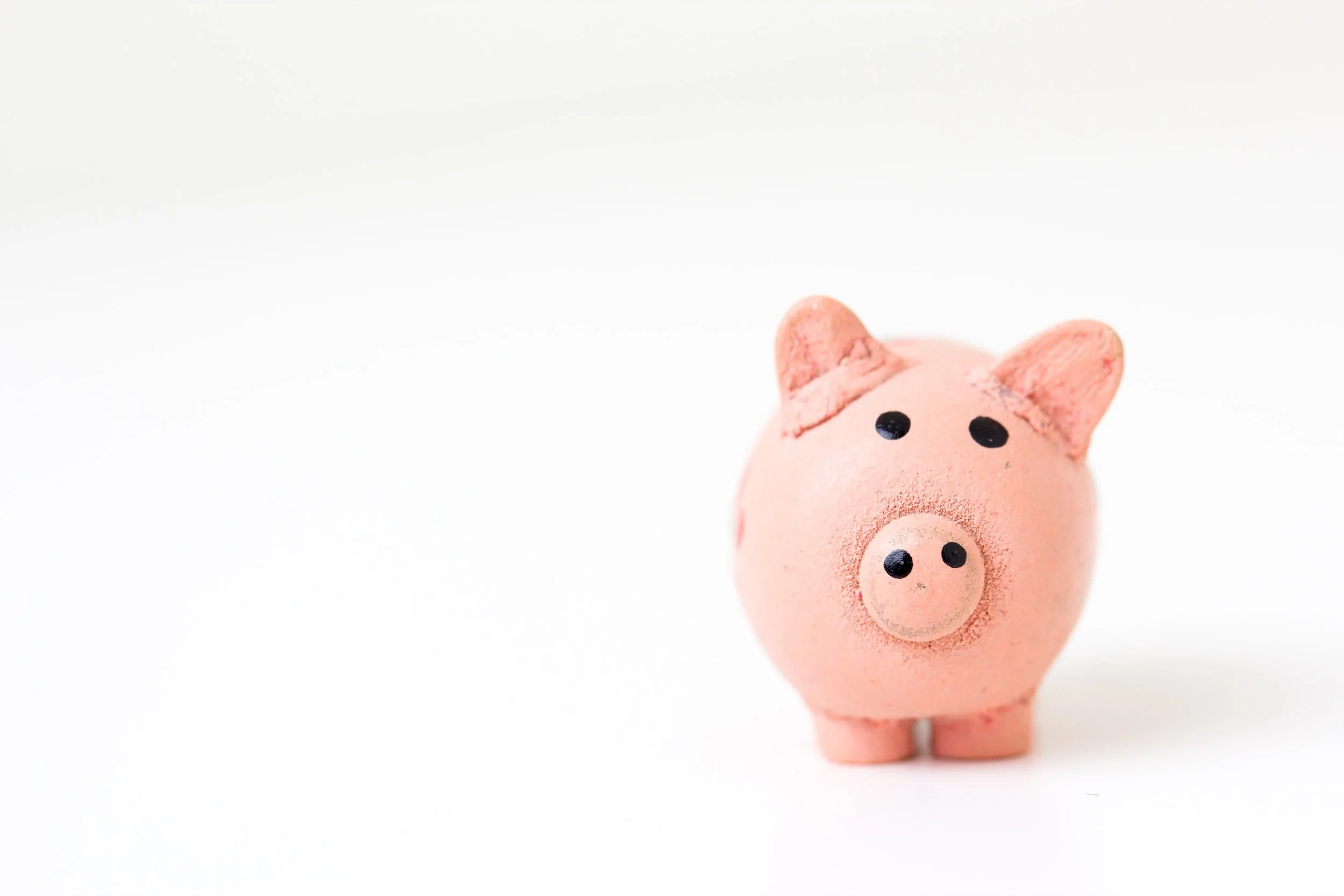Monetising patents – the economic context
The purpose of patented solutions and pending patents is to enter the realm of the economy – i.e. to be applied in the market in practice. Frequently, utilisation is not carried out by an inventor-held company but is handed over to another company, as part of a technology transfer of the patent alone or with other pieces of know-how comprising manufacturing-related information. There are numerous ways to hand over exclusive patent rights, and the specific means to be used for such a transfer is subject the parties’ agreement. Granting an exclusive licence is the most frequent and highly recommended means of transfer.
Degrees of patent rights transfers
Sale
The inventor retains nothing but the purchase price and the fame and glory of having created an invention. This is like selling your bicycle.
Exclusive licence
The inventor retains the patent but will not be entitled to utilise it. Exclusivity may be cancelled or limited in terms of area or period according to the terms and provisions of the contract. The licensee is usually not entitled to transfer the license to a third party. This is the most prevalent form of utilisation. You still own the bicycle, but only another person can ride it.
Sole licence
Similar to exclusive licencing, but the inventor is also entitled to utilise the patent. You still own the bicycle but that other person and you can ride it only (the analogy is not perfect here as intellectual products can be used by more than one user at the same time).
Licence
No exclusivity is granted, other matters regulated as per the contract. You own the bicycle and can allow several people to ride it.
Compulsory licencing
According to the Paris Convention, a compulsory licence to use the patent is to be granted if the patent holder has not utilised the invention, has not seriously prepared for doing so, or has not granted a licence to anyone within a period of three years after the registration of the patent.

